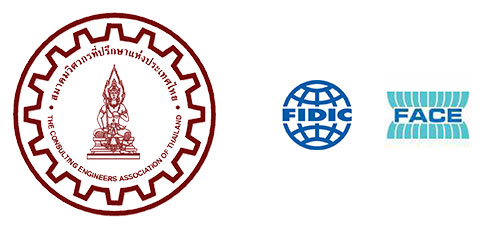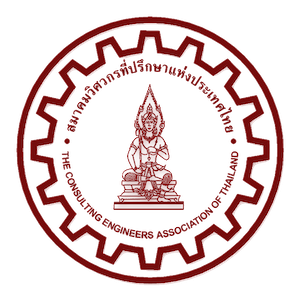Project Name: Southern Thailand Regional Planning Project
Firm Name: TEAM Consulting Engineering and Management Co., Ltd
Location: Southern Region of Thailand
Project Owner: Department of Public Works and Town & Country Planning
Type of Project: Urban development
Value of Project: 60 million Baht
Project Period: 2004 – 2007
Project Features:
Population growth in the Kingdom of Thailand has been rapidly increasing from 8 million inhabitants, in last decade, to 62 million inhabitants in 2004. The majority of the population still live in rural areas while only thirty percent reside in urban areas. The country’s development according to the National economic and social development plans has brought in the emerged improvement of infrastructure and public investment in urban areas of growth centers such Bangkok , Chiangmai and Songkhla; while rural areas still lack of such amenities and agricultural land becomes limited. Therefore, the inter-regional migration has produced an increase in migratory movements, especially urban migration towards the Bangkok and surrounding provinces. The primacy of Bangkok is an extreme phenomenon. Bangkok becomes the largest capital where more than 5 million inhabitants or 10 percent live in; while the second-rank cities stand out clearly. After this, there is no major break in the ranking of cities by size between small and large cities. Therefore, middle-sized cities should be developed for functionally liked to urban systems to provide effective services to major population.
Regional spatial development can be conducted in several levels: national, regional, sub regional, city and community level. This study pertains to a regional planning for the southern region of Thailand, which is the physical plan directing regional land use pattern, urban and rural system and infrastructure development promoting the people’s quality of life. The plan provide spatial development policies, which integrate several aspects, i.e. land use, economic, urban and rural development, transportation and infrastructure. The planning framework attains policies, strategic plans and projects which will be implemented within period of 50 years.
The Southern Thailand Regional Plan includes 4 majors parts:
1)Goal
The goal of the Southern Thailand Regional Plan is accounted of improving sustained growth in the region by decreasing economic disparities, social imbalances and inequalities of urban and rural area. They consist of philosophy to achieve quality of life, vision or future imagery for people’s quality of life and strategic objectives.
2)Planning framework
The plan consists of spatial development framework including guideline to land use, urban system and transportation planning for a of 50 years in policy level. And the Strategic plans and project plans will be implemented within period of 5, 10 and 15 years.
3)Policy plan
It is a summary of the structure of the southern regional territory. The division of the regional into four regional quarters is based on characteristics of the physical environment: Preservation Zone, Conservation Zone, Agricultural Zone and Development Zone such urbanized area, industrial zone, economic corridors and border towns
The urban network is organized according to the polycentric and balance model with its cluster development. The largest cities from 2 core regions. The one which is the southern landbridge corresponds to Malaysia : Songkhla and Satun; the second, which is Andaman cluster, with the role of world class tourism : Phuket, Phangnga and Krabi. While the middle- size and small cities will be developed in cluster and network development.
The major investment in transportation infrastructure is to decrease the predominance of road transportation by improving rail and marine transportation. The development of railway network, deep sea port, distribution centers and logistic management also included
4)Strategic plan/policy implementation
It also provides Strategic plans, projects and implantation guideline within period of 5, 10 and 15 years to achieve short-term development in important factors.



